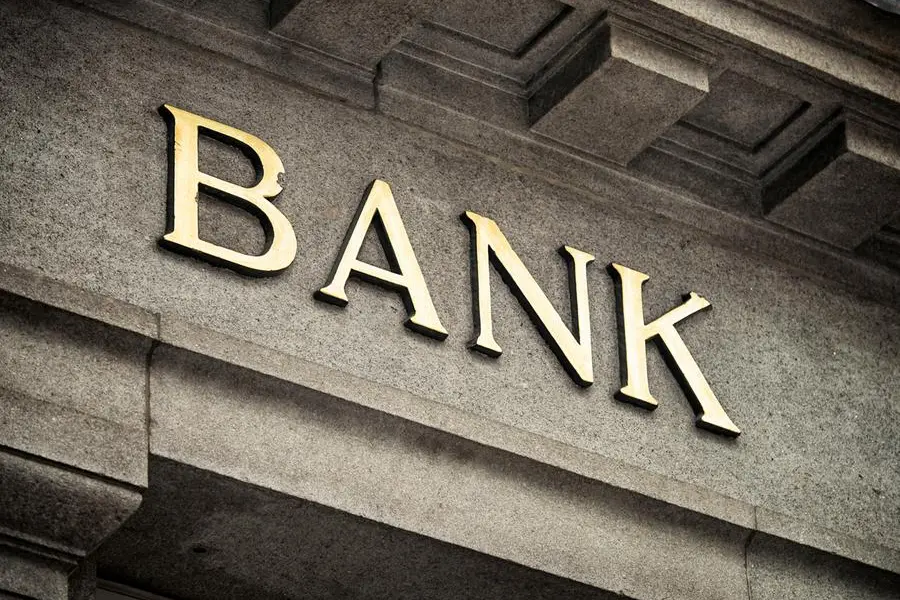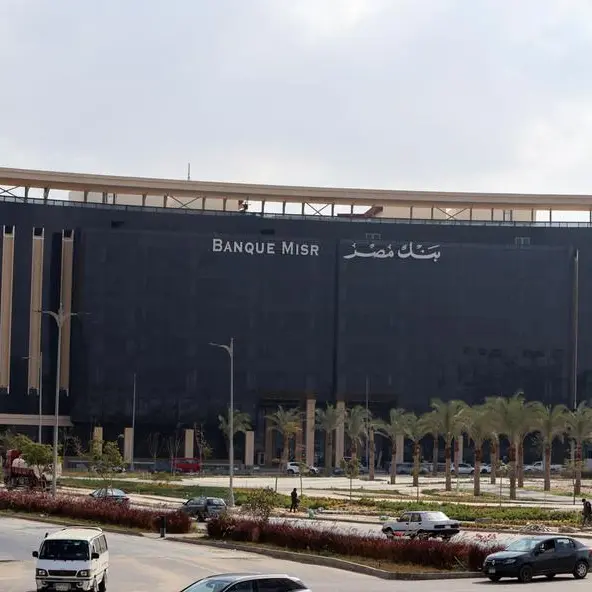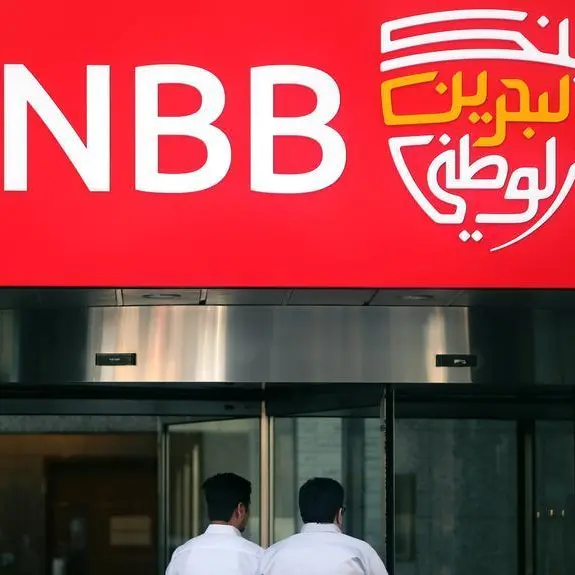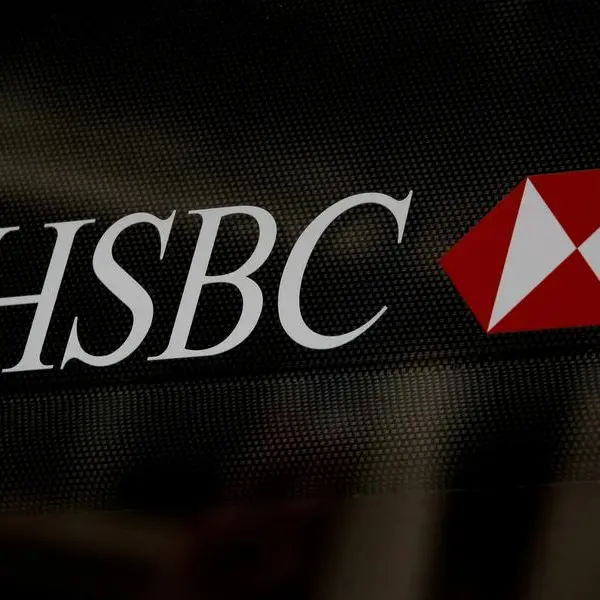PHOTO
An old fashioned 'Bank' sign on a building exterior. Image used for illustrative purpose. Getty Images
Muscat – Total net profits for listed banks in the GCC countries reached a new record high during Q1 2023, mainly led by a steep quarterly increase in non-interest income that more than offset a decline in interest income in Qatar and Kuwait.
In addition, lower provisions booked by banks in the region also supported banks’ bottom-line performance during the first quarter, according to a new report released by Kuwait-based Kamco Investment.
‘Aggregate net profits of the listed GCC banks saw the biggest quarter-on-quarter growth since the pandemic at 17% to reach $13.4bn during Q1 2023 from $11.5bn recorded in Q4 2022. The sequential increase in net profit was broad-based and was seen across the GCC,’ Kamco Investment said.
However, total quarterly net interest income of GCC banks declined for the first time in five quarters during Q1 2023, mainly led by a decline reported by banks in Qatar and Kuwait.
Non-interest income, meanwhile, increased by a strong 17.2% during the first quarter with growth seen across the GCC, barring in Bahrain. Kuwait, Saudi and Qatari banks reported strong double-digit growth in non-interest income during the quarter.
The trend in provisions was mixed during the first quarter of this year, although aggregate provisions declined by 6.2% quarter-on-quarter to reach $3.1bn in Q1 2023 as compared to $3.3bn in Q4 2022.
‘The decline mainly came as a result of a steep drop in provisions booked by banks in the UAE, Qatar and Oman that more than offset higher provisions booked by banks in Kuwait, Saudi Arabia and Bahrain,’ Kamco Investment said.
Lending grows
Central bank data, as per Kamco Investment, showed that the GCC credit growth continued to remain strong during Q1 2023 despite higher interest rates, indicating strong economic activity and business confidence in the region.
‘Aggregate lending in the GCC continued to see growth during the first quarter although the trend remained mixed at the country level with growth in three out of six countries in the GCC offsetting declines in the remaining countries,’ Kamco Investment noted.
Moreover, the quarter-on-quarter growth in gross loans fell to a five-quarter low level of 1.2% to reach $1.9tn at the end of Q1 2023. The growth in net loans was slightly better at 1.7% to reach $1.8tn.
On the other hand, growth in customer deposit was at a three-quarter high of 2.9% to reach $2.3tn at the end of Q1 2023. The trend once again remained mixed across the GCC countries. The net impact of a stronger growth in customer deposits verses lending resulted in a decline in loan-to-deposit ratio for the GCC banking sector that reached 78.5%, one of the lowest levels in several quarters.
Margins improved
The improvement in net interest margin (NIM) reported by GCC banks continued during Q1 2023 as net interest income remained elevated against Q1 2022 coupled with a relatively smaller increase in earning assets.
‘NIM reached a multi-quarter high level of 3.1%, also benefiting from the recent rate hikes. This was also reflected at the country-level with banks in all the GCC countries showing improving margins during the quarter,’ Kamco Investment said.
The UAE-listed banks showed the biggest improvement in NIMs during the first quarter with an increase of 26 basis points to reach 3.28% followed by marginal single basis point increase in the rest of the GCC countries.
With the improvement, the UAE now ranked first in the GCC in terms of NIMs followed by Saudi Arabian banks at 3.22% and 3.05% in the case of Qatari banks during Q1 2023.
Meanwhile, the aggressive rate hikes by the US Fed that is largely replicated by banks in the GCC, NIMs for GCC banks are expected to see growth in the near term with a lag of three to four quarters, Kamco Investment noted.
‘However, elevated cost of funding is also expected to partially dent the overall growth in margins, and we can expect to see only a marginal impact if lending sees a slowdown,’ it added.
© Apex Press and Publishing Provided by SyndiGate Media Inc. (Syndigate.info).





















